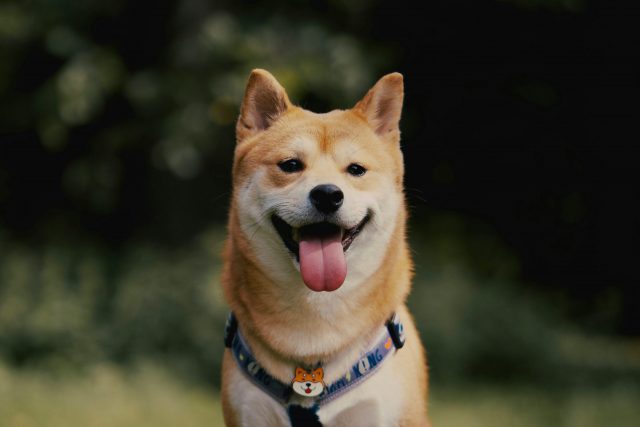Dogs are incredibly expressive animals, using various methods to communicate with their human companions. While they can’t speak our language, they have their own ways of conveying their needs, emotions, and desires. Understanding these communication methods can help you build a stronger bond with your dog and ensure their well-being. This article explores seven ways your dog is trying to communicate with you. From body language to vocalizations, recognizing these signs will enhance your ability to respond to your dog’s needs and foster a deeper connection.

1. Body Language
Dogs primarily communicate through body language. Observing your dog’s posture, tail position, and facial expressions can provide valuable insights into their feelings and intentions. For example, a wagging tail typically indicates happiness, but the speed and height of the wag can convey different emotions. A high, stiff wag might signal alertness or agitation, while a low, relaxed wag indicates contentment. Similarly, a dog that shows the whites of their eyes (known as “whale eye”) is often anxious or stressed. Understanding these subtle cues helps you respond appropriately to your dog’s emotional state.
2. Vocalizations
Dogs use a range of vocalizations to communicate, including barking, whining, growling, and howling. Each sound can have different meanings depending on the context. For instance, a bark can be a greeting, a warning, or an expression of excitement. Whining often indicates a desire for attention, discomfort, or anxiety. Growling can signify fear, aggression, or playfulness depending on the situation. Paying attention to the context and your dog’s body language when they vocalize will help you interpret what they are trying to tell you.
3. Eye Contact
Eye contact is a powerful form of communication for dogs. When a dog maintains gentle eye contact with you, it often signifies trust and affection. This bonding behavior releases oxytocin, the “love hormone,” in dogs and humans. However, direct and prolonged eye contact can be perceived as a threat or challenge, especially with unfamiliar dogs. If your dog looks away or avoids eye contact, they may feel submissive, anxious, or uncomfortable. Respecting your dog’s use of eye contact can enhance your mutual understanding and relationship.
4. Physical Touch
Dogs often use physical touch to communicate their needs and emotions. Dogs seek attention, affection, or reassurance by leaning against you, placing a paw on you, or nudging you with their nose. Licking can be a sign of affection, submission, or a request for care. Conversely, if a dog pulls away from touch or becomes tense, it might indicate discomfort or pain. Being attentive to how your dog uses touch to communicate can help you respond to their needs effectively and strengthen your bond.
5. Tail Wagging
Tail wagging is one of the most recognizable forms of canine communication. However, not all wags are created equal. The tail wag’s speed, direction, and position can convey different messages. A broad, sweeping wag usually indicates happiness and friendliness, while a slow, tentative wag may signal insecurity or caution. A tail held high and stiff can be a sign of alertness or aggression, whereas a tail tucked between the legs often denotes fear or submission. Interpreting the nuances of tail wagging will give you a clearer understanding of your dog’s emotions.
6. Play Behavior
Dogs communicate often through play behavior, including play bows, chasing, and mock fighting. A play bow, where the dog lowers their front legs while keeping their rear end up, is an invitation to play and a signal that any aggressive-looking behavior that follows is just play. Chasing and mock fighting help dogs release energy and strengthen social bonds. Understanding and encouraging healthy play behavior can keep your dog mentally and physically stimulated and provide opportunities for positive interaction.
7. Changes in Routine
Dogs are creatures of habit and often communicate through changes in their routine. Suppose your dog suddenly starts behaving differently, such as sleeping more, eating less, or showing a lack of interest in activities they usually enjoy. In that case, it might be a sign that something is wrong. These changes can indicate health issues, stress, or emotional distress. Paying close attention to any deviations from your dog’s normal behavior and consulting with a veterinarian if needed can help address any underlying problems and ensure your dog’s well-being.

Recognizing how your dog communicates can deepen your bond and ensure a harmonious relationship. From body language and vocalizations to physical touch and changes in routine, dogs have numerous methods of expressing their needs and emotions. By being attentive and responsive to these signals, you can better understand your dog’s perspective and provide the care and affection they require. The ability to interpret and respond to your dog’s communication is fundamental to fostering trust, loyalty, and a fulfilling companionship.
 Toledo, United States.
Toledo, United States.